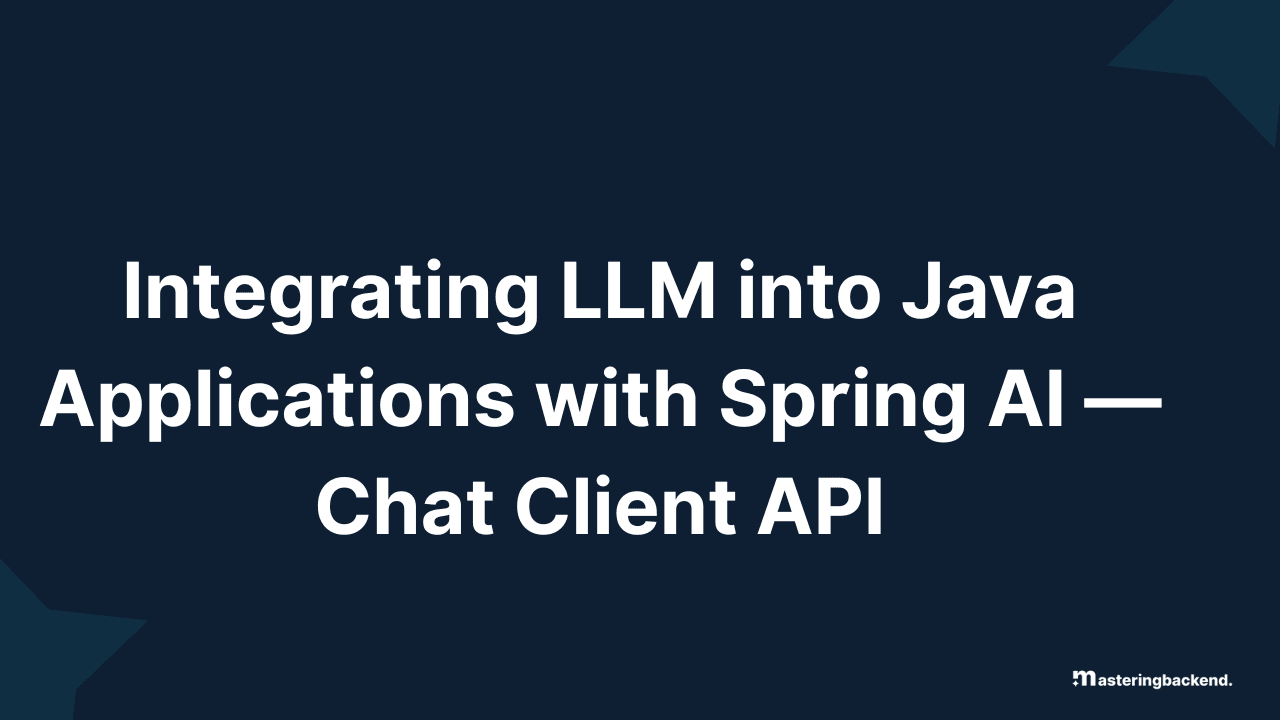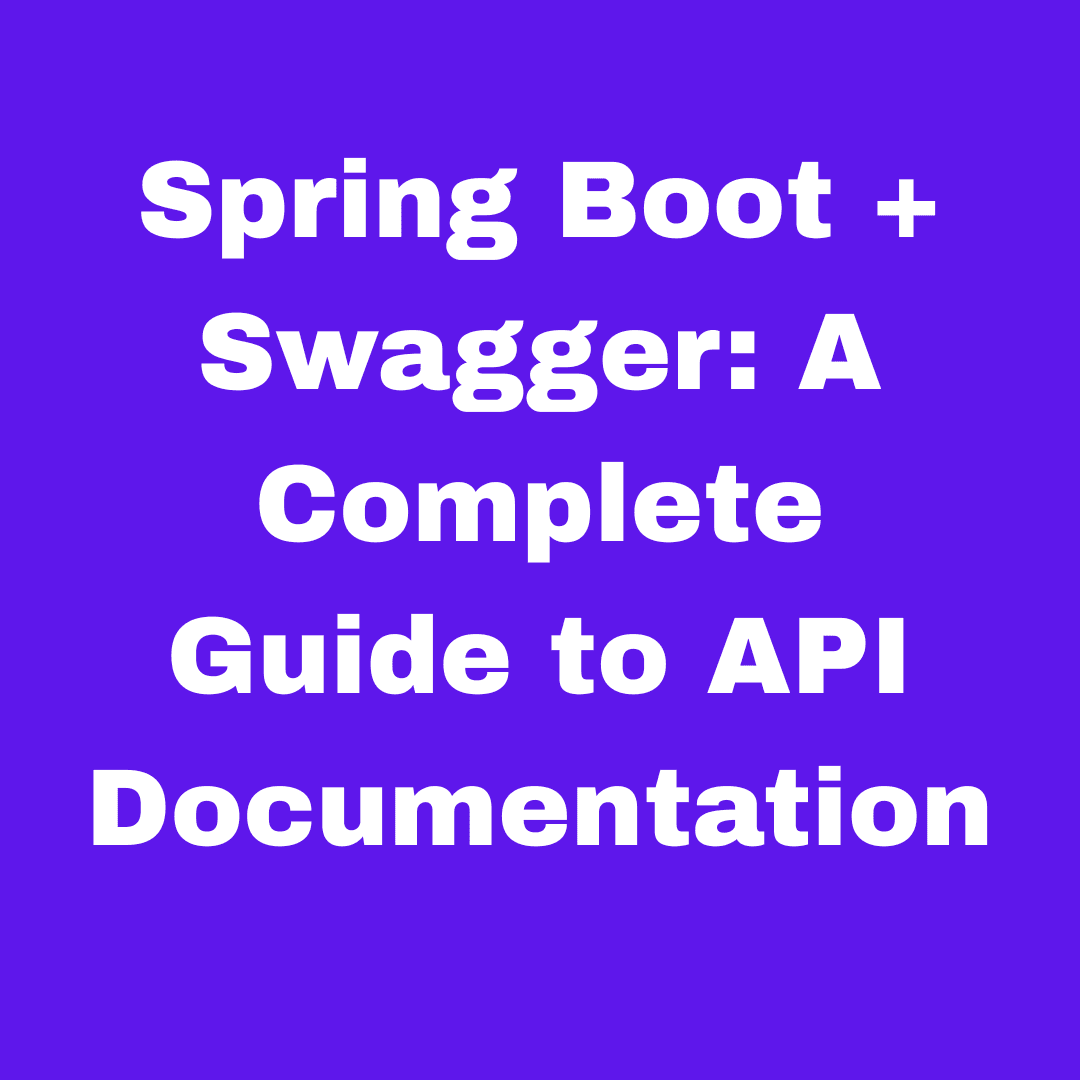Integrating LLM into Java Applications with Spring AI — Chat Client API
By Ayush Shrivastava. Updated Fri Jul 18 2025Spring AI is a new tool from VMware that enables Java developers to easily integrate artificial intelligence (AI) features into their applications. It’s part of the Spring ecosystem and works well with Spring Boot, making it simple to use for anyone familiar with Spring.
With Spring AI, you can connect your app to popular AI services like OpenAI, Hugging Face, or TensorFlow. These services offer powerful tools for things like working with natural language (like chatbots), analyzing images, or making predictions based on data.
1. Easy AI Integration:

You can quickly connect to well-known AI platforms without writing a lot of code. Spring AI helps you use ready-made models and APIs from companies like OpenAI and Hugging Face.















